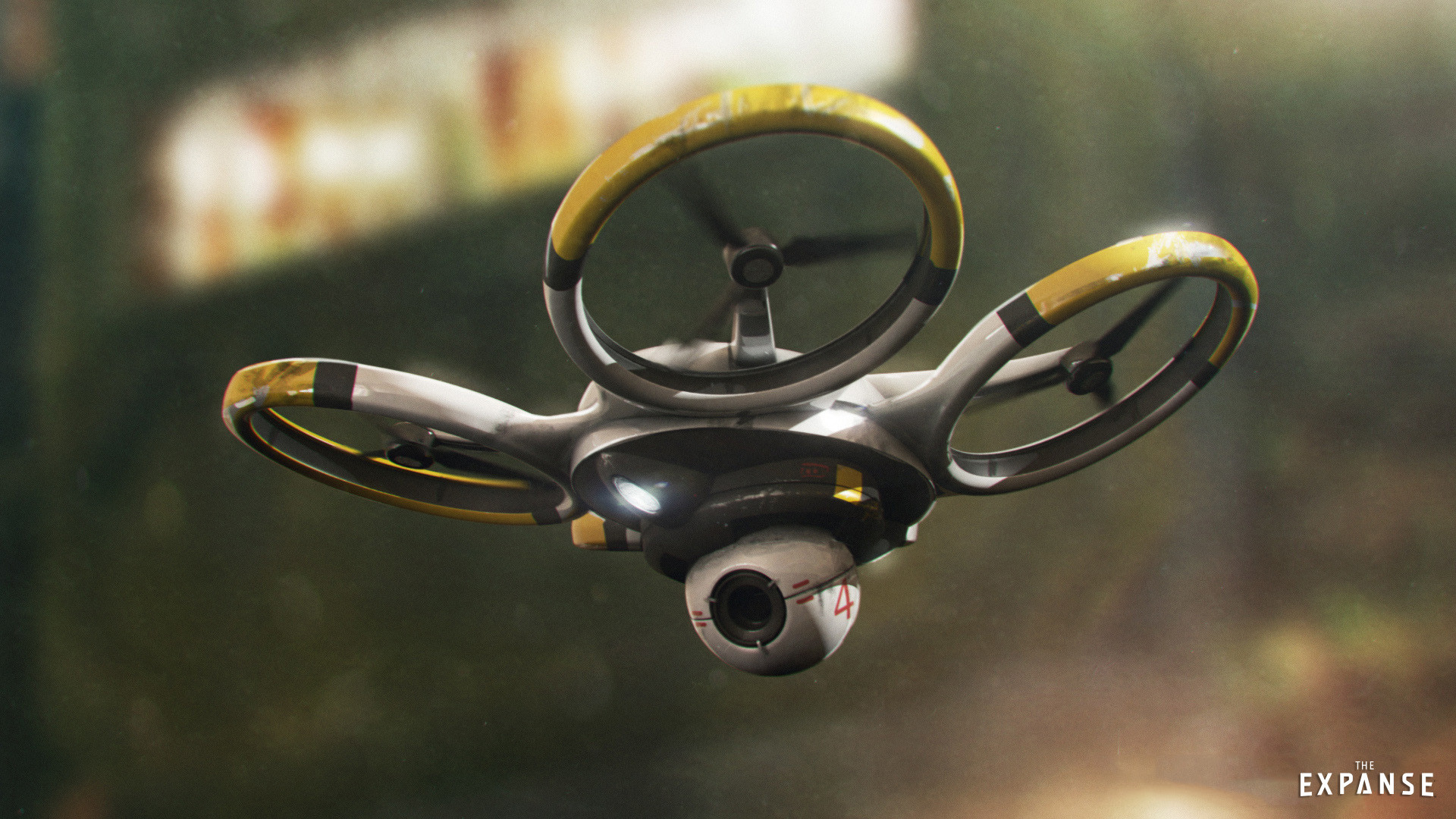

Or the peopling of the moon and Mars will unfold in some unexpected fashion that makes our science-fiction future look as quaint as a cyberpunk warrior scrambling to find a phone booth with an open modem. Or someone will develop a drive for spacecraft that doesn't work the way we imagined. But sooner or later, one of your siblings will inevitably go out and find something that we can't wave away. We’ve found a rationale for why our fictional Ceres is so dry, so we're patched up-for now. Thankfully, imagination still gives us wiggle room. The things you find are often more amazing and glorious than what we could ever make up. In the long run, your project will always win out over ours, because yours is based in reality. But we all share a common goal: inspiring the next generation of scientists, engineers, and artists. Your mission is to explore and better understand the universe we live in. Fiction is always on the losing end the question is only how fast. Writing science fiction is a race between the author's imagination and the progress of science and history. Maybe, if we're lucky, the next generation’s Sagans will read some of the stories we write and be curious about the real science behind them. Edgar Rice Burroughs' Barsoom may have had totally inaccurate canals on it, but Carl Sagan read A Princess of Mars as a kid, and the siren song of finding life on another world never left him. We've hung out with the folks at the Jet Propulsion Laboratory and NASA and Virgin Galactic enough to know that the dreams we invent help to inspire the ones you fulfill. Despite your vendetta against us, Dawn, we can't be mad about that.Īnd the kind of thing we do? It helps you, too. We have no doubt that there was some kid looking at the images you sent back with that same excitement and joy we had when we were growing up. The books we write and the shows we make have roots in moments of discovery. The atmosphere on Titan, Saturn’s hazy satellite, figured into our plots because the same great intellectual project of exploring the universe and understanding our place within it that birthed you, Dawn, told us about it. The unique magnetic field that shields Jupiter’s moon Ganymede shaped our stories. The idea that Saturn’s moon Phoebe formed in our solar system’s primordial fringes, or perhaps in another star system, sparked our imaginations. Forty years ago, the two of us were kids who’d never met, both of us reading about astronauts and space probes, the discoveries that had been made already, and the speculation about what we could find next. The heart of science fiction has always been a sense of wonder, Dawn, and you and yours have done a bang-up with that. While working on our show, we gathered around the computer monitors and got giddy when New Horizons showed us a more beautiful Pluto than any of us could have guessed.Īnd yes, we wondered about the bright spot on Ceres that you revealed. We speculated about the images of Saturn that Cassini sent back. We read books growing up like William Pogue's How Do You Go To The Bathroom in Space? and Asimov's Guide to Earth and Space. We were inspired by the Apollo missions and the twin Voyager spacecraft.


You? You were our reckoning with reality.Īnd the weird thing is, we're rooting for you, all of us who build story worlds inevitably made retro by you and your partners in exploration. Power Source: 10-kilowatt pair of solar panels Launch Mass: 2,685 pounds (1,218 kilograms) Launch Vehicle: United Launch Alliance Delta II Not only that, you found large deposits of sodium carbonate on Ceres’s surface, which doesn't sound that impressive until you realize it’s evidence of ice volcanoes. And as we gathered in the writer's room and on set, what did you tell us? Ceres has water. That was 2015-the same time you became the first spacecraft to orbit a dwarf planet.

We did pretty well with the story it got a Hugo nomination, and the publisher bought some follow-ups.įour years later, we were launching a television show based on the book, starring the embattled crew of an ice hauler trying to keep Ceres Station hydrated. In particular, we imagined a hard, nickel-iron Ceres with a population of millions thirsty for water harvested from the rings of Saturn. In 2011, we came out with a science-fiction novel called Leviathan Wakes that featured a big plotline on the dwarf planet Ceres, the largest object in the asteroid belt. This essay is an entry in our "Dear Spacecraft" series, where we ask writers, scientists, and astronomy enthusiasts to share why they feel personally connected to robotic space explorers.ĭid we do something to piss you off? Because to tell you the truth, your attacks on our books seemed kind of personal.


 0 kommentar(er)
0 kommentar(er)
